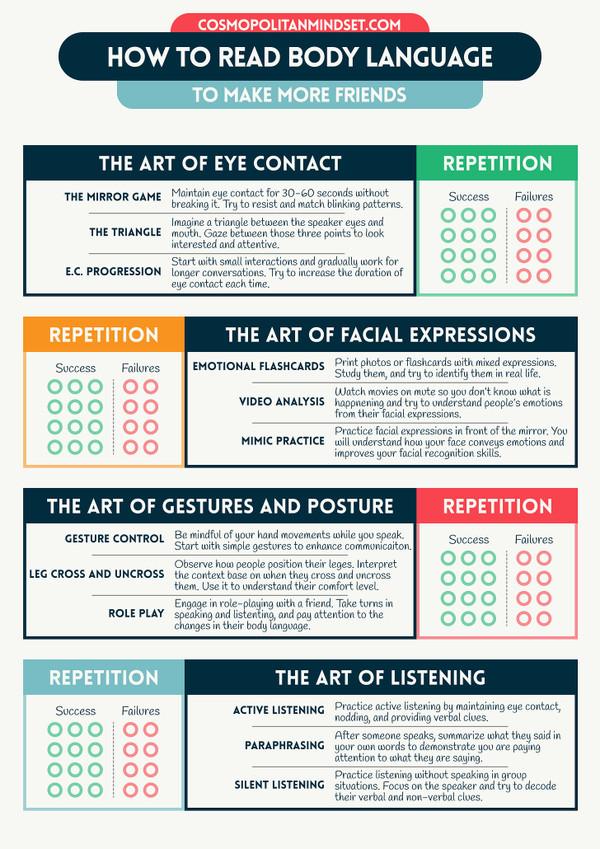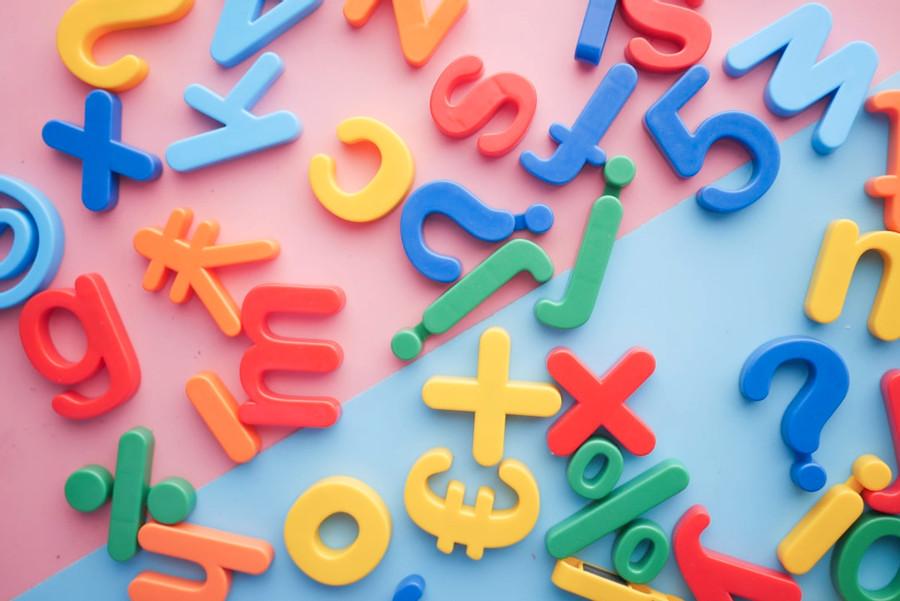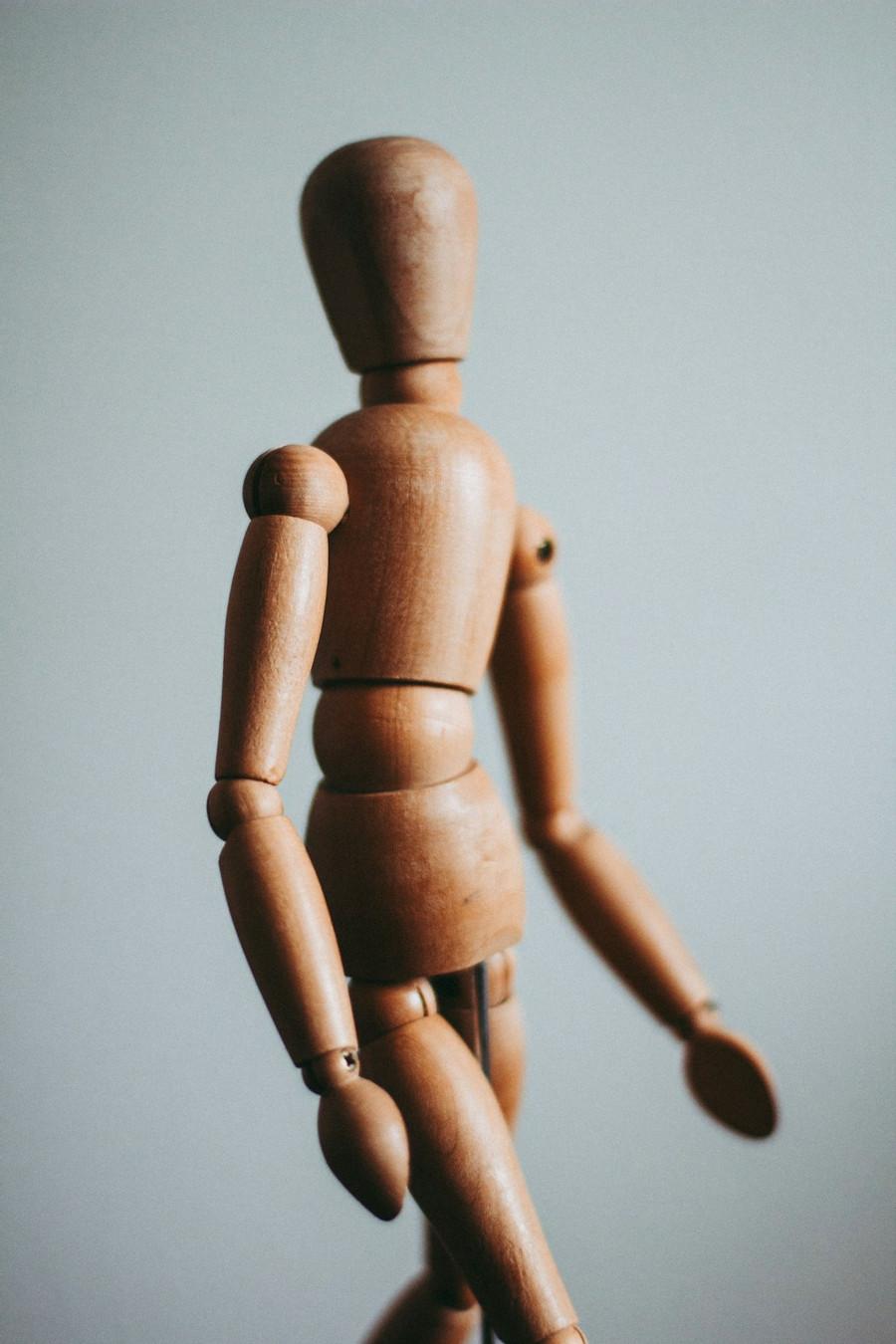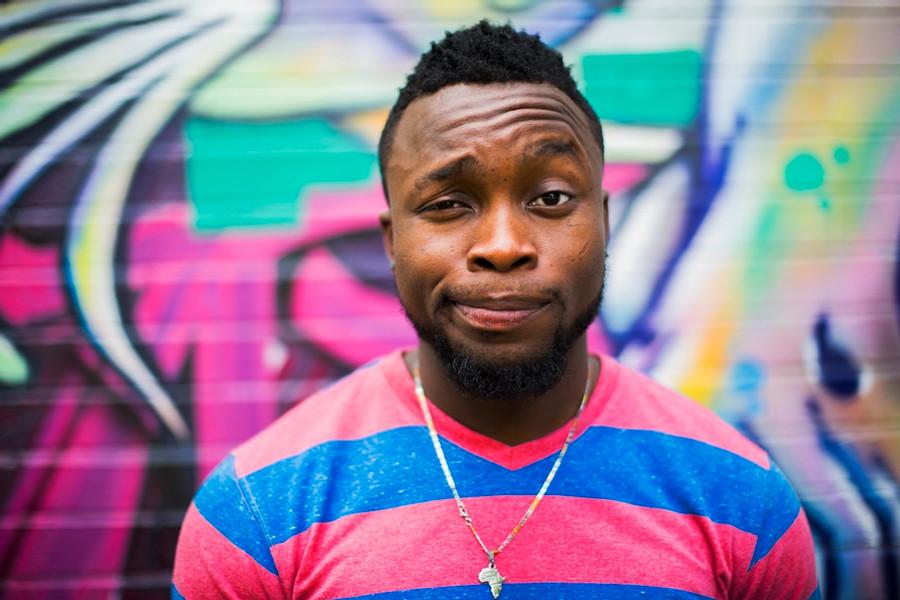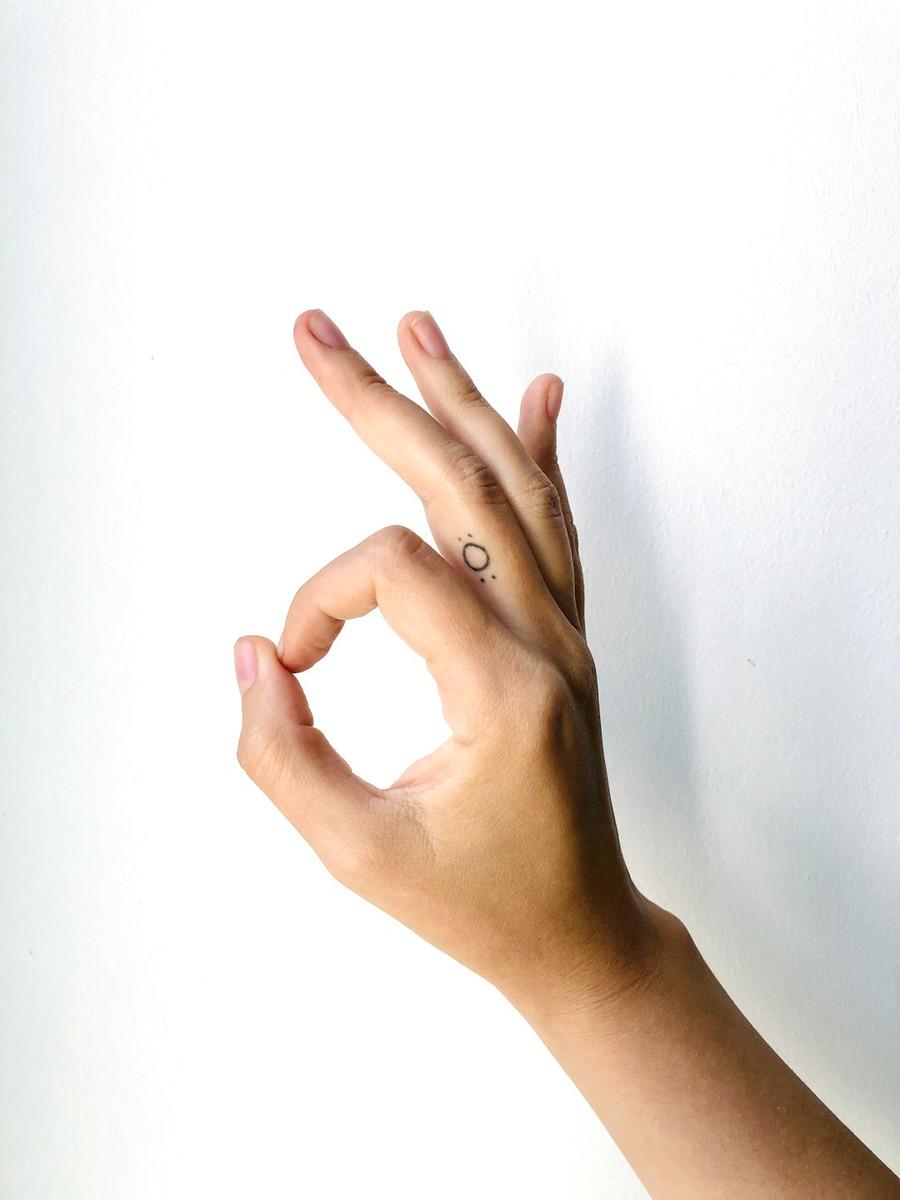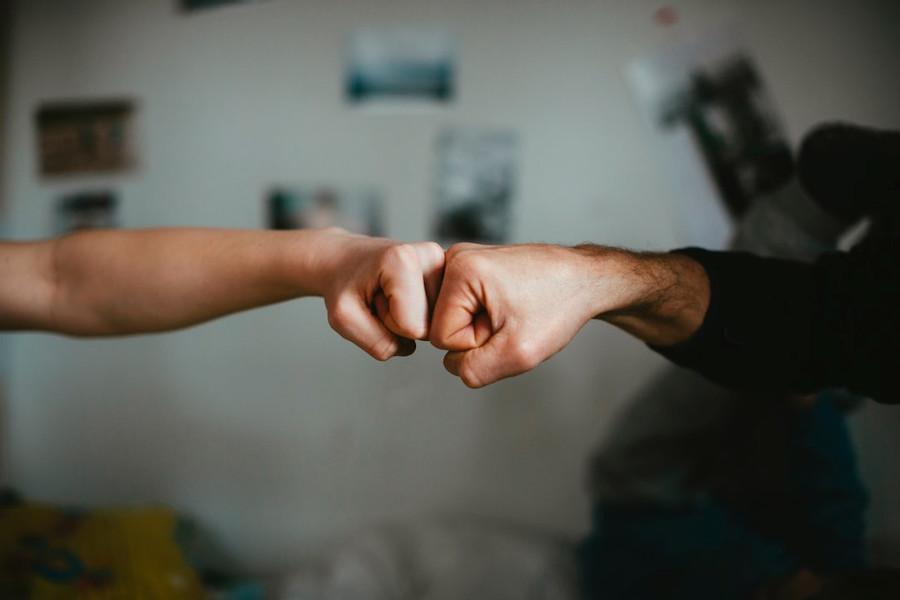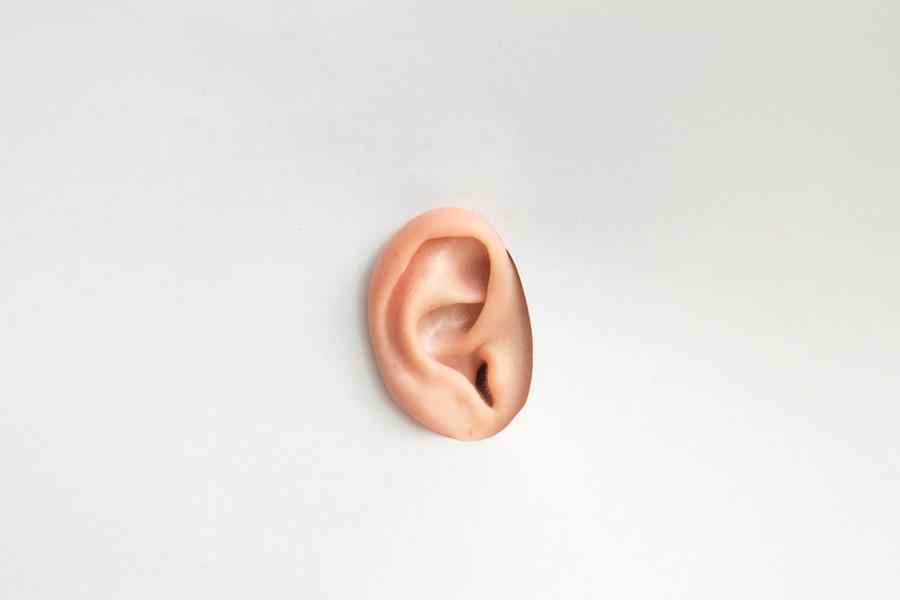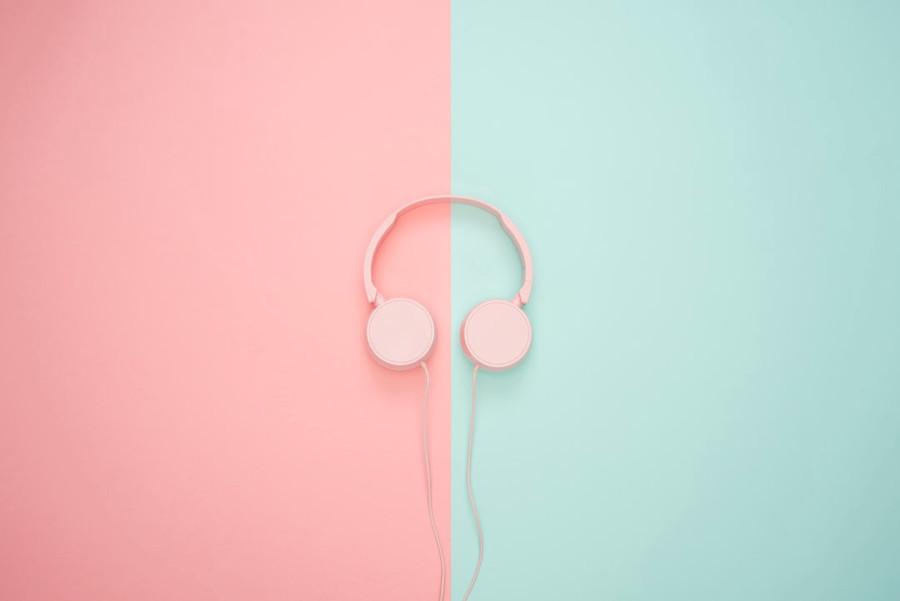How To Improve Your Body Language Skills To Make More Friends
Curated from: cosmopolitanmindset.substack.com
Ideas, facts & insights covering these topics:
16 ideas
·17.9K reads
70
5
Explore the World's Best Ideas
Join today and uncover 100+ curated journeys from 50+ topics. Unlock access to our mobile app with extensive features.
How to Improve Body Language
You are at a crowded party. And you wish to strike up a conversation with someone new. You have trained for the last few weeks for this. So you find the courage to start with a friendly hello. But their facial expression tells a different story.
Are they introverted? Do they look engaged? Or perhaps are they uncomfortable with your presence?
Wouldn’t it be incredible to have the ability to decode these non-verbal cues and understand what they are thinking?
149
1.79K reads
Reading people's mind
Reading people’s mind and body is a weapon you should have in your arsenal. Whether you’re looking to make new friends, improve your social skills, or become a better communicator, these insights may be your guiding light.
So, let’s unlock together the secrets to reading minds and bodies.
145
1.6K reads
The Challenge
You are reading an excerpt from The Challenge, a newsletter where I discuss self-improvement, goal-setting, habits, time management, and health tips and tricks.
Every week you will get:
- a challenge to pursue to improve your life
- an infographic to track it.
Subscribe now to help me continue publishing this type of content.
142
1.5K reads
How I Started to Study Body Language
I was alone the first time I read about body language. Usually, people make friends quickly in high school, but not me. I always struggled to make friends after my parents had to move to another city.
One year later, I went to university. And it was even worse. I saw people making groups and getting to know each other. But I couldn’t speak with anyone. And when I tried, I obtained awful results.
One evening, I felt so lonely I had to cry. That night, I decided I wouldn’t feel that pain anymore. I would study how people made friends and do it myself. And that’s how it started.
142
1.23K reads
You won’t learn body language in a few weeks — trust me.
In the beginning, you will start reading articles on body language and feel like you understand more than others. You will try to read people’s feelings and interpret them. But believe me, you will fail.
Sometimes, you will even misread people’s body language because there are millions of variables to consider. So, taking control of your actions is the only way to improve.
So now, let’s discuss a few body language secrets you may want to master.
142
1.17K reads
Eye contact is a fundamental skill to become a great communicator. But you have to understand all its meanings before using it correctly.
If you make eye contact with a random stranger in the evening, best case scenario – you get a complaint. So that’s not a clever way to make friends. But if you do it properly, you will build a deeper connection with your interlocutor. And you will allow them to empathize with your stories.
But how can you make and read eye contact without misjudging intentions?
148
1.21K reads
How to Make Eye Contact
Choose a neutral zone to train your eye contact skills. For example, a party would be perfect. Crowded spaces make the interlocutor feel safe. And they must always feel in control of the situation.
Also, don’t insist if the other person doesn’t answer.
Think about something to say before you reach out to talk to them. And learn to distinguish between different types of eye contact.
- If they squeeze their eyes, they study you.
- If their pupils enlarge, they enjoy spending time with you.
- And if their forehead wrinkles, they might find your presence inappropriate or uncomfortable.
164
1.22K reads
- The Mirror Game: Maintain eye contact with a friend between 30 seconds and a minute without breaking it. Try to match each other’s blinking patterns.
- The Triangle: Imagine a triangle between the speaker’s eyes and mouth. You will look attentive and interested if you shift your gaze between those three points.
- Eye Contact Progression: Start with short interactions, like ordering coffee, and gradually work towards longer conversations. Challenge yourself to increase the duration of eye contact each time.
155
1.23K reads
Eye contact is the first powerful tool you might learn. Paul Ekman wrote extensively about facial expressions and micro-expressions in two books I recommend to anyone who wants to learn body language.
- In Emotions Revealed, Ekman explains how you can read people’s emotions by looking at their faces. Some universal emotions transcend culture and trigger the same facial muscles.
- In Telling Lies, Ekman focuses on deception and lies recognition by looking at micro-expressions in people’s faces.
150
1.01K reads
Home Exercises for Facial Expressions
- Emotional Flashcards : Print photos or flashcards with mixed expressions representing happiness, sadness, anger, surprise, etc. Study them and try to identify these emotions in real-life situations.
- Video Analysis : Watch movies on mute so you don’t know what is happening and try to understand people’s emotions from their facial expressions.
- Mimic Practice : Practice facial expressions in front of the mirror. This exercise helps you understand how your face conveys emotions and improves your recognition of these expressions in others.
149
927 reads
What Every Body Is Saying is the first book I read about body language. Its author, Joe Navarro, was the Sherlock Holmes of police interrogation. And the techniques he explains are so many it would take a life to learn them all. But that doesn’t mean you cannot memorize the easier ones:
- crossing hands and legs,
- hiding your hands in a pocket,
- or having a closed posture.
These are tellings of uncomfortable people. And if you make somebody uncomfortable, there’s no way you will become their friend.
149
924 reads
Home Exercises for Gestures and Posture
- Gesture Control: Be mindful of your hand movements while you speak. Start with simple gestures and gradually incorporate more purposeful and meaningful ones to enhance communication.
- Leg Cross and Uncross: Observe how people position their legs. Notice when they cross and uncross them, and try to interpret the context. It can give you information on their comfort level or interest.
- Role Play: Engage in role-playing with a friend. Take turns speaking and listening, and pay attention to the changes in body language in response to different topics and emotions.
145
898 reads
People will always tell you what they want ( if you listen ).
When I started studying body language, I thought that was everything I needed to know. And I thought people were suddenly lying because their clues told me so.
But, sometimes, a lie is only partially so. Or people could be stressed and distracted for other reasons that don’t involve you. So, before jumping to conclusions, you might as well ask.
Listening to what people say is a complementary skill that can improve your body language and mind-reading abilities. You might get it all wrong if you only focus on non-verbal clues.
144
868 reads
Home Exercises for Listening
- Active Listening: Practice active listening by maintaining eye contact, nodding, and providing verbal clues. It shows your genuine interest in the conversation.
- Paraphrasing Practice: After someone speaks, practice summarizing what they said in your own words. It helps you understand better and demonstrate you pay attention.
- Silent Listening: You can practice listening without speaking in group situations. Focus on the speaker and try to pick up on their non-verbal clues and emotions conveyed through tone and body language.
147
812 reads
Next time you have the opportunity to interact with someone new, read their body language to soften or insist on your words. Make eye contact, and notice their facial expressions, posture, and gestures. But more than anything else, listen to what they are saying.
[SUBSCRIBE TO THE CHALLENGE TO DOWNLOAD THE FREE INFOGRAPHIC]
THE CHALLENGE OF THE WEEK
140
740 reads
Before you go
If you loved the newsletter and want to support my work, subscribe and share The Challenge with your friends and families!
Or, if you want to read more of my content, visit the Cosmopolitan Mindset.
Subscribe now to help me continue publishing this type of content.
140
736 reads
IDEAS CURATED BY
Passionate about self-improvement, personal growth, finance, and creativity. I love to inspire people to become the better version of themselves. Author @ www.cosmopolitanmindset.com
CURATOR'S NOTE
Discover the impact of body language on friendships. Learn practical tips to improve your non-verbal communication and create lasting connections. Start today!
“
Similar ideas
Read & Learn
20x Faster
without
deepstash
with
deepstash
with
deepstash
Personalized microlearning
—
100+ Learning Journeys
—
Access to 200,000+ ideas
—
Access to the mobile app
—
Unlimited idea saving
—
—
Unlimited history
—
—
Unlimited listening to ideas
—
—
Downloading & offline access
—
—
Supercharge your mind with one idea per day
Enter your email and spend 1 minute every day to learn something new.
I agree to receive email updates
